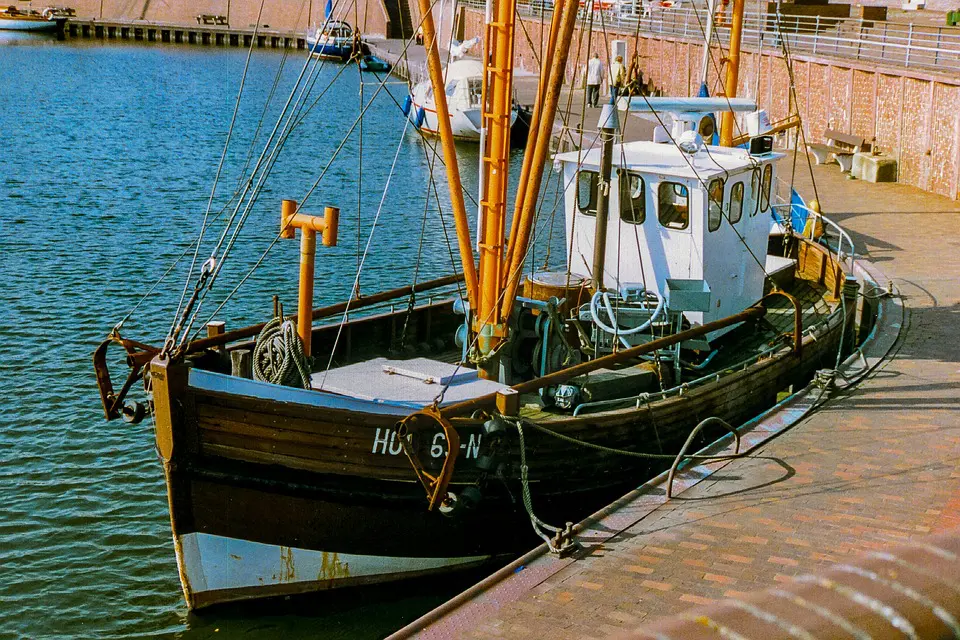Americans observe National Maritime Day on May 22 of each year. The day provides an opportunity to express gratitude to the maritime industry and all the benefits it brings to the country. The observance is also a recognition of the seafarers and their ships that held a special place in American history. For example, more than 250,000 members of the American Merchant Marines served the country during World War II, with more than 67,000 giving the utmost sacrifice of their lives.

(Pixabay / mauesp)
May 22 coincides with the day when the steamship Savannah accomplished the first successful crossing of the Atlantic Ocean by an American ship using steam propulsion. In 1933, Congress designated May 22 as National Maritime Day.
From 1933 to the present, the maritime industry has gone through different stages of improvements. The advancement of electronic science has allowed the maritime industry to keep up with modern technology, improving sailing and making life easier for seafarers.
The following are some of the electronic innovations that have helped make sailing safer and more comfortable:
- Marine navigation – Seafarers and travelers of the past used very few navigation tools. During the ancient times, seafarers relied on the stars in the sky for direction. The acquisition of advanced knowledge later brought navigation tools, such as chronometers, quadrants, and magnetic compasses. Today, ships no longer rely on the stars to navigate. Technology enables ships to travel over vast oceans using satellite-based GPS for accurate location and direction. The modern means of communication allow ships to receive the latest weather updates, navigational charts and maps in a central digital panel to make sailing fast and convenient. In former times, ships could easily get caught in the middle of a storm during a voyage. Ships today are equipped with radar systems that will warn them of incoming storms and other inclement weather.
- 3D modeling software – Modeling software is now employed in designing a sea craft. Regardless of the function—military, cargo, sports, or recreation—sea vessels are designed for function, strength, capacity, and comfort. In past years, boats and ships were manually produced, and flaws were discovered and corrected through trial and error. Today, sea vessels go through quality control even before the first materials are ordered.
- Electronic fish finders – Many Americans love to fish. Fishing is made easy through the use of electronic fish finders. The devices will take fishermen to areas teeming with prey.
The maritime industry has come a long way since the time of the Savannah. The development of electronic science has introduced cutting-edge devices that make sailing fast, safe, and comfortable for all the stakeholders.
